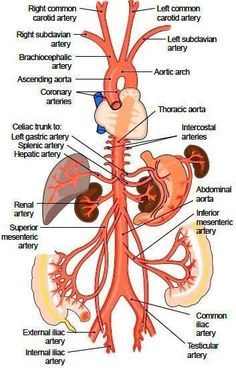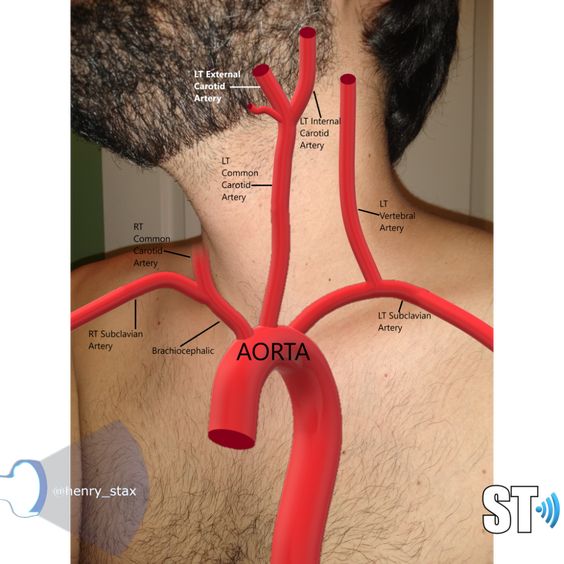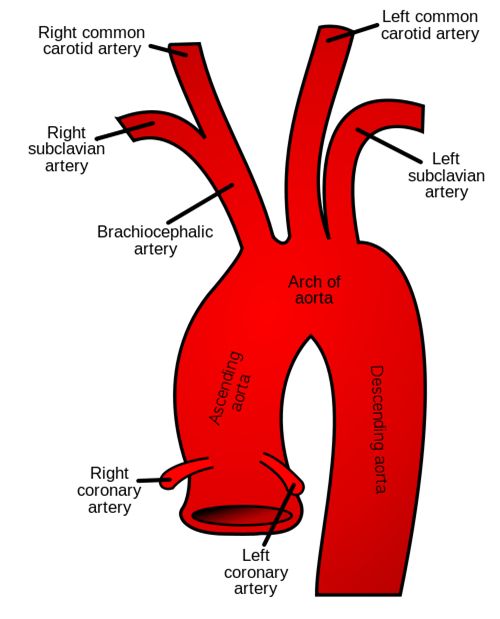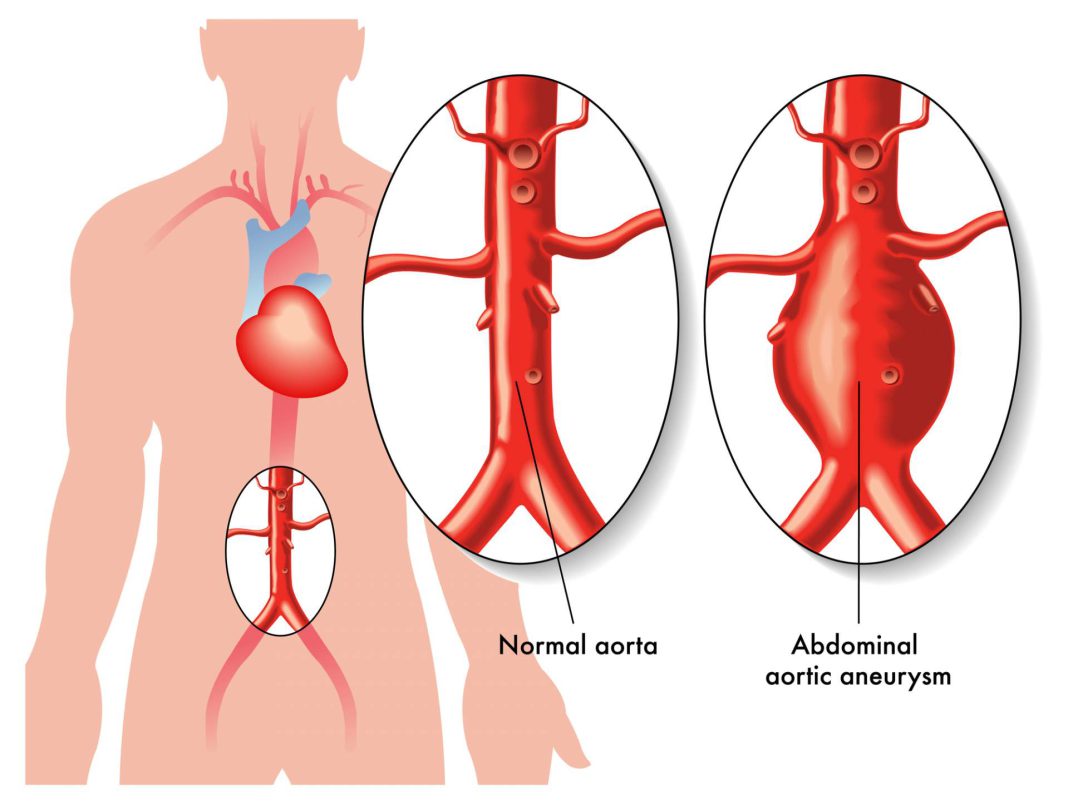okikiko.com – The aorta is the largest blood vessel in the human body. It travels to the right side of the chest and divides into three parts: the ascendente, the mediastinica, and the bronquial arteries. Each of these parts contains a blood vessel. Arteria aorta symptoms vary from person to person. For most people, this type of blood vessel isn’t a cause for concern.
Aorta is surrounded by a complex extracellular matrix

The aorta is the main artery of the human heart. It carries high-oxygen blood to all arteries except the lungs. The aorta consists of endothelial cells and fibroblast-like cells. The aorta is surrounded by a complex extracellular matrix. The aorta’s walls are composed of three sections called tunica externa, tunica media, and tunica intima. The aortic arch contains baroreceptors and chemoreceptors.
The aorta is the most important arterial vessel in the body. It distributes oxygenated blood from the heart to all organs and tissues throughout the body. It has numerous branches. Learn about the anatomy of the aorta so you can recognize signs of a blockage. You may have asymptomatic aortic dissection. The aorta is a major artery that has several branches.
Largest blood vessel in the human body

The Arteria Aorta begins in the ventriculum izquierdo and continues in the aorta. It is separated from the ventriculum by the aorta by the valvula aortica, which consists of three semilunar valves. It extends the entire length of the tronco. The aorta is the largest blood vessel in the human body, reaching four centimeters in diameter in the raiz aorta and 3.5 cm in diameter in the ascendente segment.
The aorta originates in the left ventricle of the heart and extends throughout the body. It has three parts, each with distinct characteristics. The ascending aorta is the largest part of the aorta, while the descending aorta extends downward from the thorax. After that, the aorta divides into the terminal branches.
The ascending aorta begins below the vertebral column

There are three segments to the aorta: the ascendente, the toracica, and the abdominal. The ascendente aorta begins in the lower part of the columnar vertebral column. It continues to descend through the mediastinum, descending toward the linea media. It terminates near the inferior border of vertebra T12.
The arco aortico is the second segment of the aorta. It originates from the brachiocephalic artery, carotida common izquierda, and subclavida. It then travels from the anterior to the posterior part of the chest. It then continues to travel down to the left side of the lungs. It then ends in the vertebra T4 near the sternum.
Aneurisma of the aorta is a condition where the aorta has become abnormally distended or dilated. It can also be localized in a region of the aorta. The two forms are known as ascendente and descendente. It can be localized in the toracica region or extend the entire aorta. In some cases, the aneurisms of the aorta are connected.


